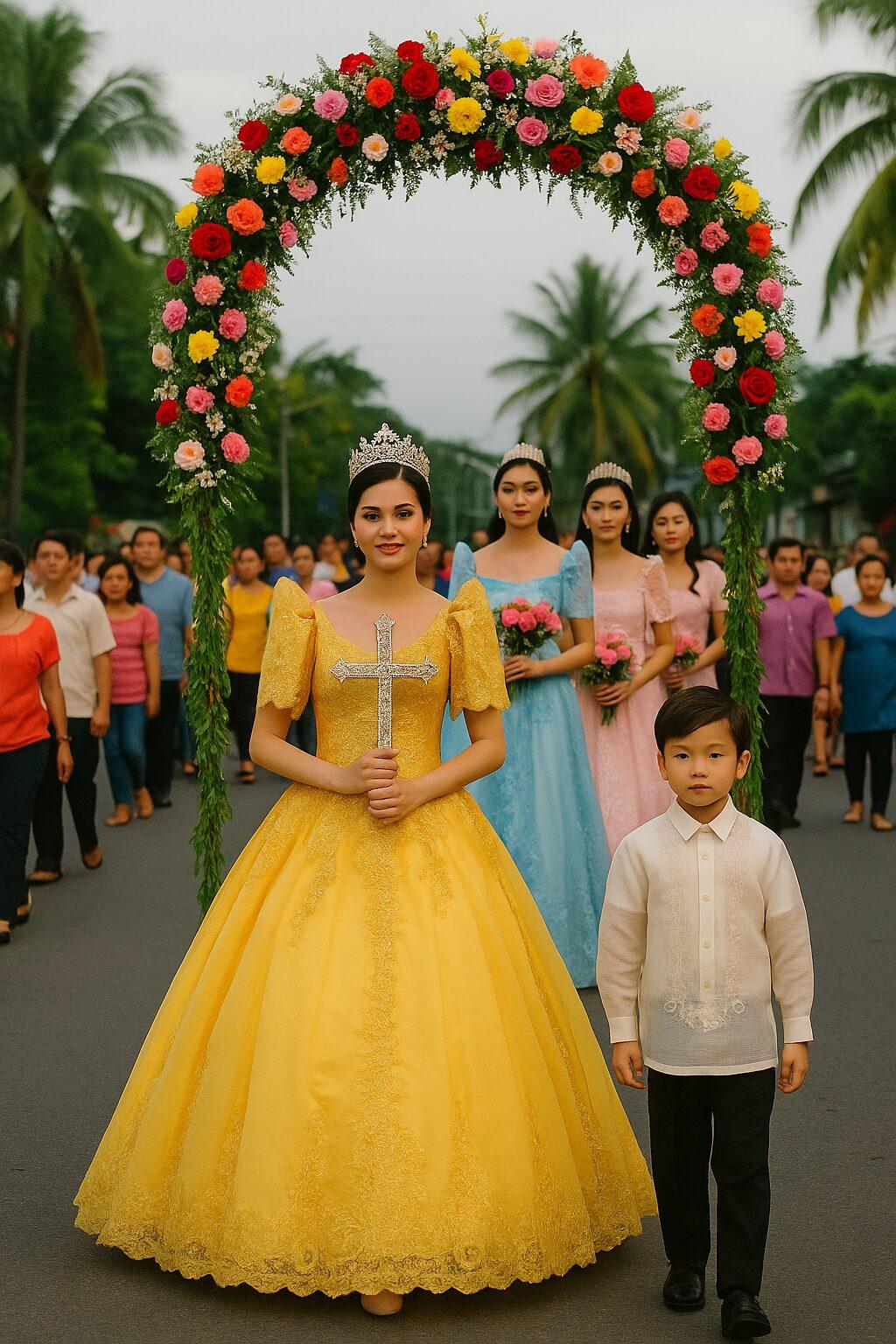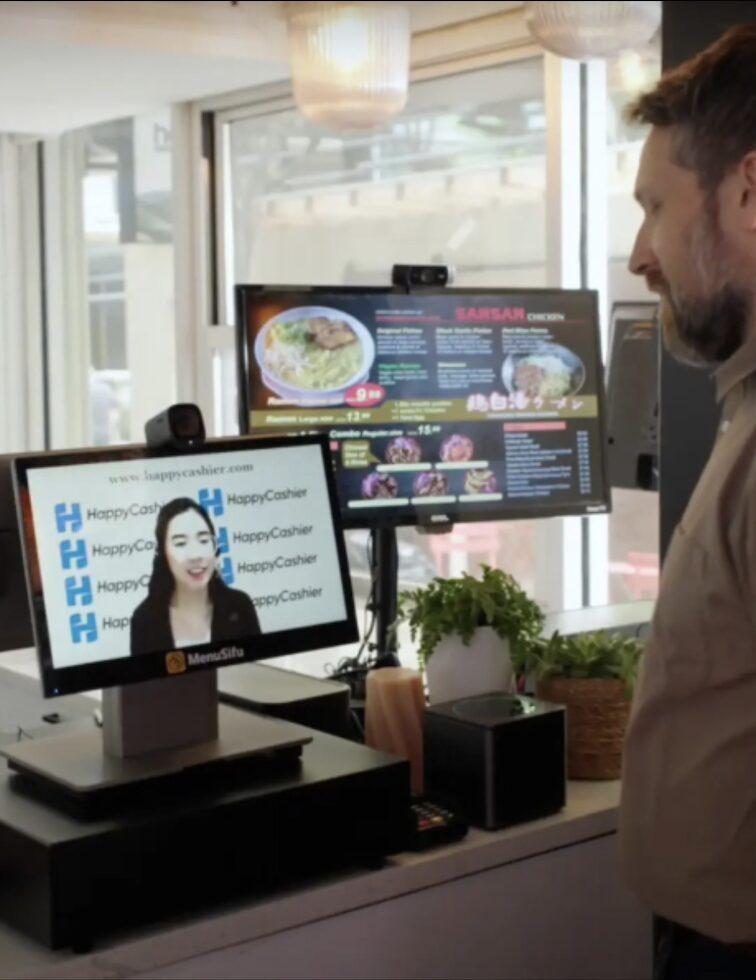“Have you ever caught a dance fever? An infectious move? I sometimes wonder about the difference between choreography and freestyle. If choreography is the influence imposed upon you by outside bodies — like stars, or other humans — what is free style? It radiates from the inside out. Is my evil star inside?” – Ordinal (SW/NE) by Miljohn Ruperto and Rini Yun Keagy
The Roy and Edna/Disney CalArts Theater (REDCAT) recently unveiled its latest exhibit, “Geomancies”, a cross-disciplinary work by world-renowned Filipino-American visual artist Miljohn Ruperto.
The multi-layered installation features photography, cinema, performance art and digital animation and incorporates historical, mythology and narrative storytelling to tackle different concepts: possession, metamorphosis and the attempted control of the earth by man.
“Man’s manipulation of the earth is something that we’re thinking about because we’re living in the most recent geological time, where man sort of created a different earth and has kind of tipped the scales for how geological processes enforces work and so that that’s kind of an underpinning of when we look at land. You very rarely see things that haven’t been touched by man at this point,” Ruperto told the Asian Journal at the opening reception of the exhibit on January 14.
The main feature of the installation, Ordinal (SW/NE), 2017, is a collaboration between Ruperto and filmmaker Rini Yun Keagy. The 43-minute half-documentary, half-narrative film tackles a little known soil-based fungus, coccidioides immitis (C. immitis), and its associated disease known as valley fever.
C. immitis, found in the southwestern United States, fracture into little spores that, once airborne, can reach to the bottom of the lungs; once a person breathes it in, they can’t breathe it out.
One of Ruperto’s motivators for tackling this disease — which was classified by the Centers for Disease Control and Prevention (CDC) as an epidemic in December — was its unusual racial ramifications.
Early studies found that Filipinos and African-Americans are more disproportionately vulnerable to the C. immitis’ more advanced form; one study concluded that Filipino men were 175 times more likely to contract severe illness from it, and 192 times more likely to die.
The art film takes place in Bakersfield, California, where the disease runs rampant. We meet the film’s protagonist Josiah, who contracts the disease and begins seeing the demonic images of the axis of wind dust and plague, Pazuzu of Assyrian and Babylonian mythology.
The film also references the documented spread of the disease and the struggles of westward migrants during the Great Depression.
“And in the theme for this show is, the question is: what is being projected?” Ruperto challenged. “A lot of it, too, is the imposition of form by people, and in this case Josiah’s fantasies are projecting into these containers so he can make sense of them. He attaches to these kinds of imagery.”
What the filmmakers found so fascinating about the phenomena of valley fever was its mysterious presence. Researchers who have studied the fungus and its disease — including environmental microbiologist Dr. Antje Lauer who is featured in the film — are unsure of the fungi’s lifespan, which can be thousands to millions of years.
“It’s interesting because we’re all still conjuring this geological time and ancient times when this dust may have been dormant,” Keagy said. “The idea that it’s affecting people today really can be an artifact of any other time in history and prehistory.”
Originally, Ruperto approached Keagy to create a film all about Valley Fever, in which he’d grown in interest from a 2014 article in The New Yorker called Death Dust by Dana Goodyear. Keagy, who has a background in cartography, was more interested in geomancy, geographically oriented divination.
Over the course of the last couple years, they joined forces to create a film that explores both valley fever and geomancy. They chose to tell the story using both documentary film style and narrative film style to encapsulate the informational side as well as the more abstract concepts of the work’s overarching theme of humans’ manipulation of meteorological phenomena.
“Right now there is a collapsing of those two ‘genres’ or ‘formats.’ There’s always been this question of what fiction is as opposed to what documentary is,” Keagy explained. “All documentaries are fiction, to some degree. All fiction narratives have some documentary elements.”
The film shown in Geomancies is a short film cut of a longer version, which the filmmakers hope to premiere sometime this year. That version will expand on the social justice side of the disease.
Also in the exhibit is a short video played on loop called Driving South at Sunset. The Camera Faces East (2007) shows a woman driving on the I-5 southbound freeway.
As seen in the film, Pazuzu also makes an appearance in an ominous lenticular digital print called Demonology: Pazuzu, 2016.
Placed at the entrance of the exhibit is Re-animating “Valley Turbulence” by Sam Chase (2016) a captivating animated photograph which shows a massive dust storm covering and damaging the south of the San Joaquin. The photograph, which was created on a loop, embodies the exhibit’s theme: man cannot effectively contain or control Earth’s natural phenomena.
In another direct reference to the classic horror film genre, regular performances are also held in the exhibit in Possession (2017). The performances pay homage to the cult horror film Possession (1981) by Andrzej Zulawski, in which two actors synchronically and symmetrically re-enact convulsive seizures.
Ruperto was born in 1971 in Manila and received a Bachelors of Arts in studio arts from U.C. Berkeley in 1999. He received a Master of Fine Arts from Yale University in 2002. The Los Angeles-based artist has shown exhibits all over the world including Berlin, Hong Kong, Austria, Canada and New York.
Geomancies is showing at the REDCAT until Sunday, March 12. Performances of Possession (2017) will be held on Friday, February 24; Sunday, March 5 and Friday, March 10 at 7:30 p.m.





